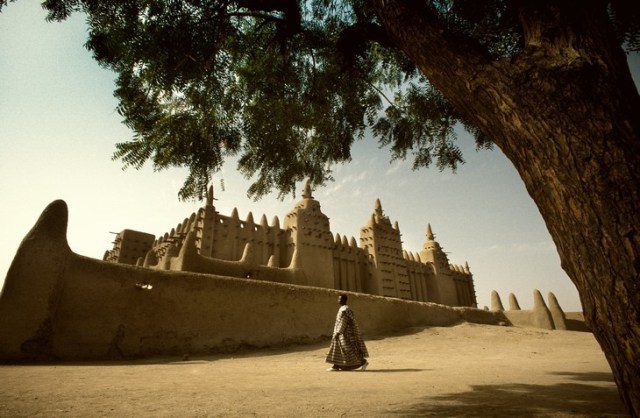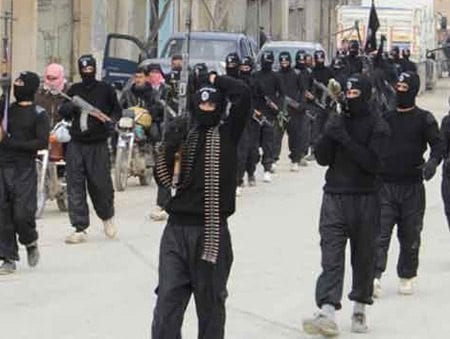What is obvious that ISRAEL is buying the oil and US is using stolen money to beef up Kurdish forces
so they can carry on murdering turks in south east anadolia to make a homeland for PKK terrorists
THIS THEY CALL STRATEGIC PARTNERSHIP IN NATO
Pentagon: Revenue from Syria oil fields going to Kurdish-led forces
By Ellen Mitchell –

© Getty Images
Revenue from oil fields that U.S. forces are protecting in northeast Syria will go to U.S. partner forces in the region and not the United States, the Pentagon’s top spokesman said Thursday.
“The revenue from this is not going to the U.S., this is going to the SDF,” Jonathan Hoffman told reporters at the Pentagon, referring to the Kurdish-led Syrian Democratic Forces.
President Trump last week gave the go-ahead for an expanded military operation to secure expansive oil fields in eastern Syria, and the Pentagon has already sent new troops and armored vehicles to the area.
The new plan backtracks on Trump’s original desire to pull all U.S. forces from Syria, and now has hundreds of U.S. troops protecting a stretch of nearly 90 miles from Deir el-Zour to al-Hassakeh that is currently controlled by Kurdish forces.
Trump on Friday still insisted that “we want to bring our soldiers home,” but left soldiers in the country “because we’re keeping the oil.”
“I like oil. We’re keeping the oil,” he told reporters on the White House lawn.
Later that day at a rally in Tupelo, Miss., Trump told the crowd the United States would distribute the oil to “help out the Kurds and we’ll help out other people. We’ll also help out ourselves if that’s OK.”
Defense Secretary Mark Esper, when asked last week by reporters about Trump’s claims, said he interprets the president’s words “as, deny ISIS access to the oil fields, secure them so that they are denied access to the oil fields.”
But details of that plan still remain unclear — as it raises the legal question of whether American forces would be able to attack Syrian or Russian forces if they threatened the security of the oil.
“We work to ensure that no one approaches and shows hostile intent to our forces and if they do our commanders maintain the right of self defense,” Hoffman said on Thursday when asked repeatedly if U.S. forces were there to keep Syrian or Russian government actors from accessing the area.
Pentagon officials also insisted that the U.S. mission in Syria still remains the defeat of ISIS.
“The mission is the defeat of ISIS. The securing of oil fields is a subordinate task to that mission and the purpose of that task is to deny ISIS the revenues from that oil infrastructure,” said Joint Staff Vice Director Navy Rear Adm. William Byrne, who spoke alongside Hoffman.
Hoffman and Byrne would not say if ISIS actually has the ability to seize the oil fields, given its lack of armor and aircraft, only offering that U.S. forces are focused on preventing that from happening.
The comments add to an already confusing picture of the U.S. role in Syria following Trump’s order last month to pull all U.S. troops from the country ahead of a Turkish offensive into Syria. The move appeared to give Ankara the green light to attack the Kurds, who have been instrumental in the U.S. fight against ISIS.
After condemnation from allies and massive pushback from congressional Democrats and Republicans alike, Trump imposed sanctions on Turkey but quickly lifted them as part of a cease-fire agreement brokered by Vice President Pence.
There have since been reports of Turkish violations of the cease-fire, but Byrne said it is holding and while there have been some skirmishes, “it appears that all parties are adhering to the rules.”
Hoffman added that the SDF are still “our partners and we are still working with them in our fight against ISIS and we’re still going to provide them with the support and ability to be able to continue that fight.”
He also said that Washington expects Turkey to investigate reports of Ankara-backed forces allegedly committing war crimes in Syria and to “hold those people to account.”






